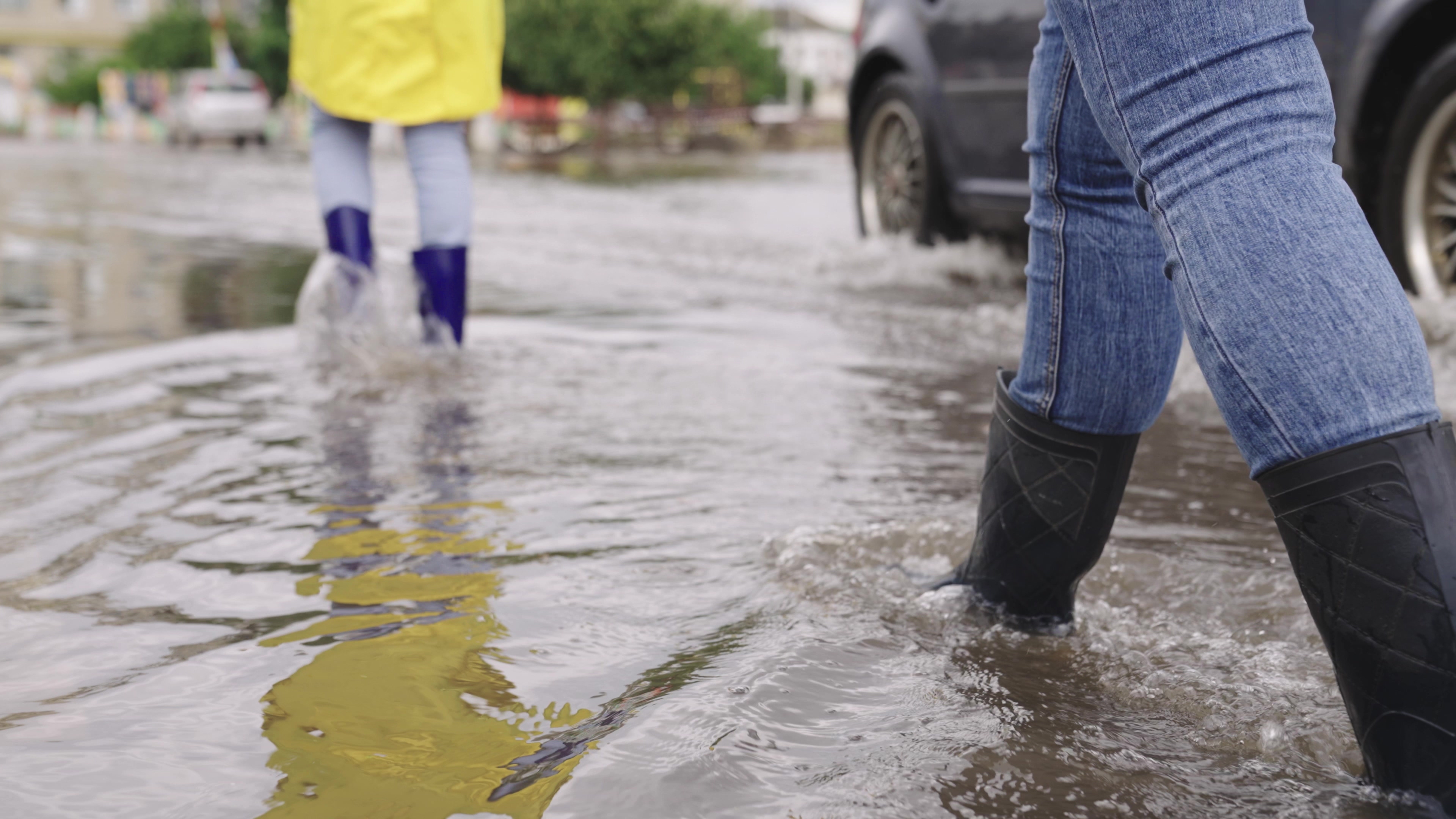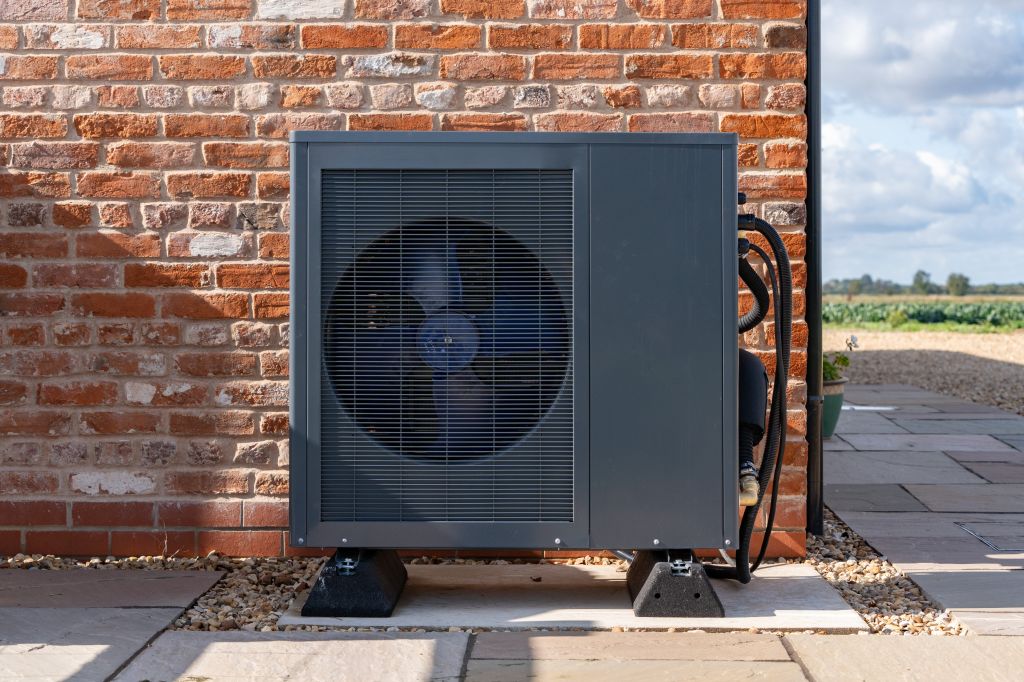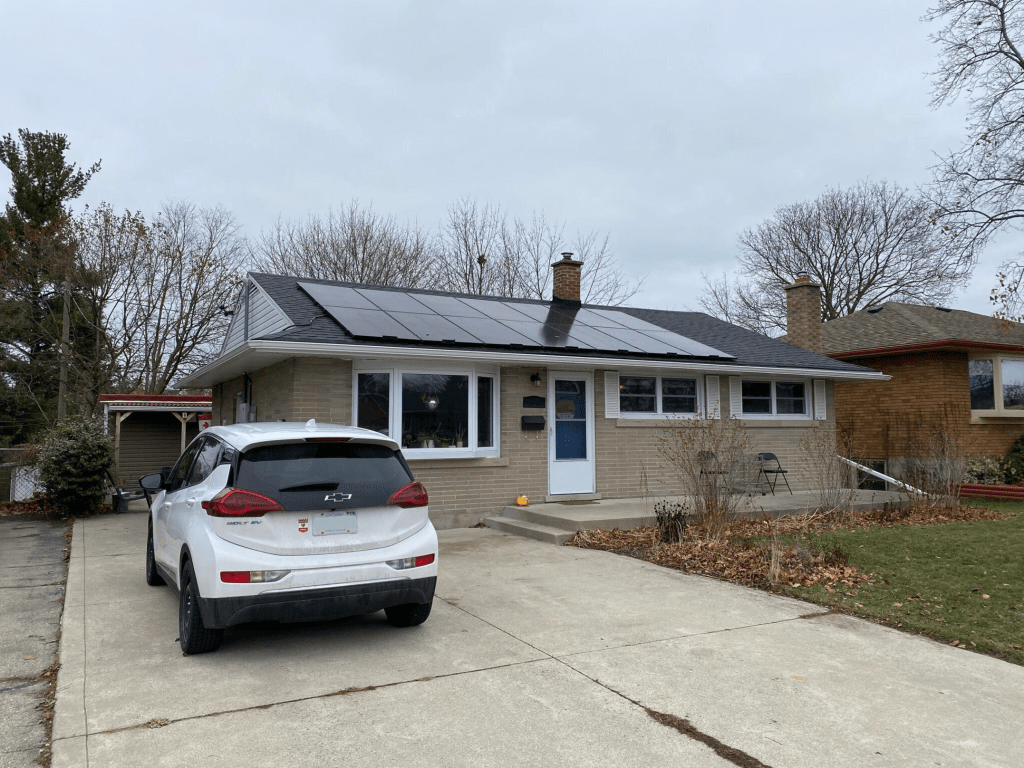Extreme weather events have become a reality in communities across Canada. Summer could be synonymous with “fire season” in some areas of the country – in 2024 alone, wildfires burned more than 5.3 million hectares, according to the Canadian Interagency Forest Fire Centre. Residents in other parts of the country experienced flooding and extensive damage to their homes. Central provinces, like Ontario and Quebec, saw widespread flooding events in 2024, including the weather system that passed through Toronto on July 16th and the tail end of hurricane Debby that passed over Quebec in August.
With Canada warming at twice the global average, extreme weather events are becoming more frequent and more severe. The impacts of extreme heat, flooding, and wildfires are both destructive and costly, affecting communities across the country.
As Dr. Blair Feltmate, Head of the Intact Centre on Climate Adaptation at the University of Waterloo explains, Canadians must focus on adapting to these challenges: “Climate change is here to stay. The most we can do is slow it down, so we need to adapt to the extreme risk that’s not just on the ground today, but the greater risk that’s coming.” This is where climate adaptation comes in.
What you can do to protect your home
Climate adaptation is the process of adjusting practices, systems, and infrastructure in response to the current and projected impacts of climate change. As extreme weather events become more frequent and ecosystems shift, it’s critical for Canadians to take proactive measures at both the community and homeownership level.
The good news is that protecting your home does not have to be complicated or expensive. Simple seasonal tasks and cost-effective measures can make a significant difference, while more substantial upgrades offer added protection. The infographics below, developed in partnership with the Intact Centre, outline practical steps you can take to help safeguard your property from extreme heat, flooding, and wildfires. Download your copies and distribute freely across your community or municipality.
Ways to protect your home in extreme heat
Many parts of Canada already experience extreme heat events, with temperatures surpassing 30 degrees Celsius. These occurrences are projected to become more frequent and intense in the future, which means Canadians need to be prepared. These easy-to-follow heat protection guidelines will help residents living in apartments, condos and houses reduce their risk to extreme heat exposure.
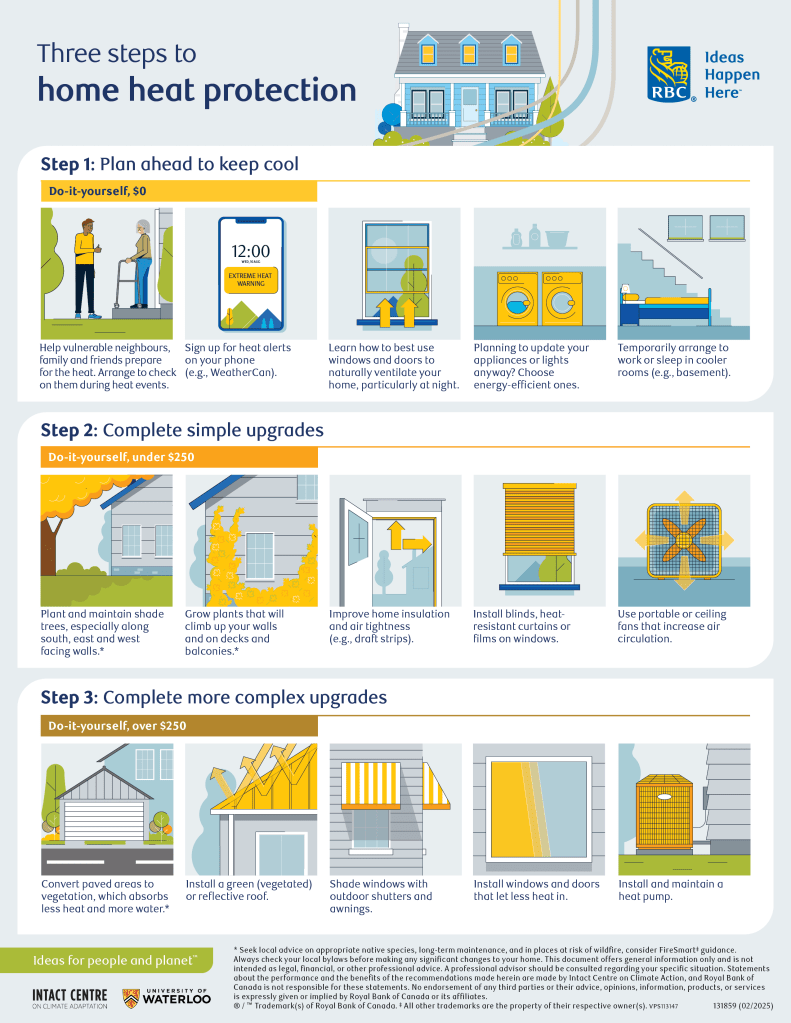

Ways to protect your home from rainfall and flooding
Intense rainfall events combined with aging municipal infrastructure, increased urbanization, and a lack of flood protection measures at the household level have resulted in losses in billions of dollars for Canada’s insurance companies, governments, homeowners, landlords and tenants over the past decade. The Intact Centre has developed a list of top actions Canadians can take around their home to reduce their flood risk.
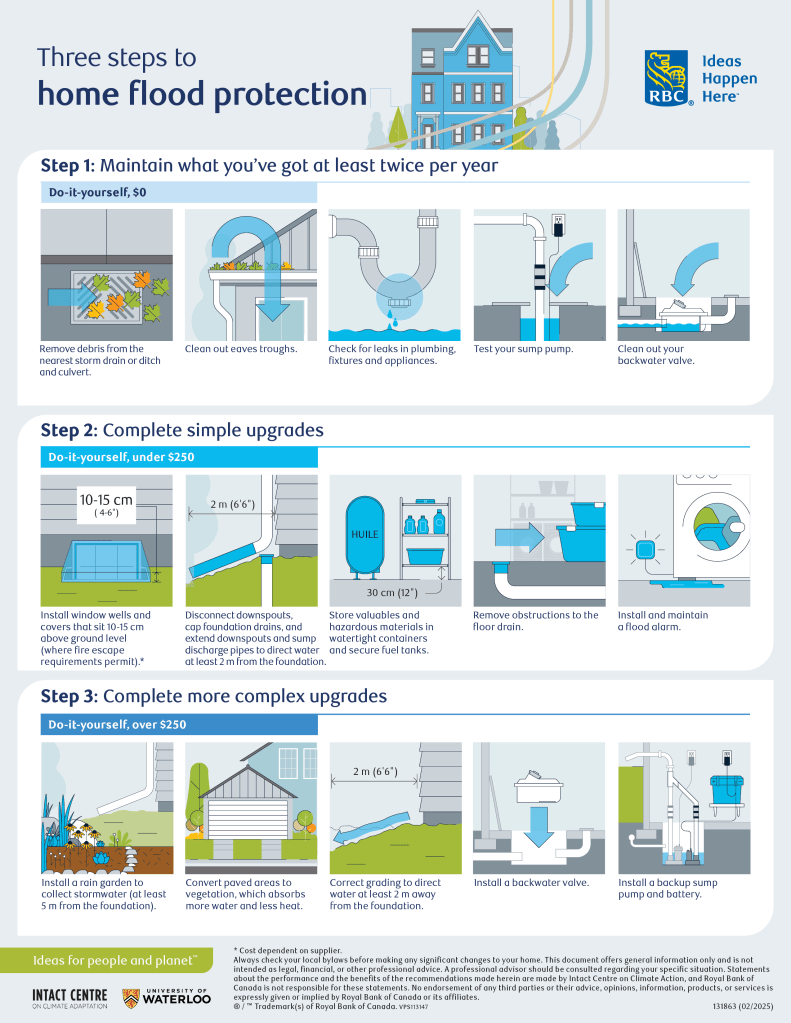
Ways to protect your home in wildfire
FireSmart™ Canada leads the development of resources and programs designed to empower the public and increase community resilience to wildfires across Canada. The Intact Centre has collaborated with FireSmart Canada™ to create a summary of the top actions residents can take to reduce home wildfire risk.
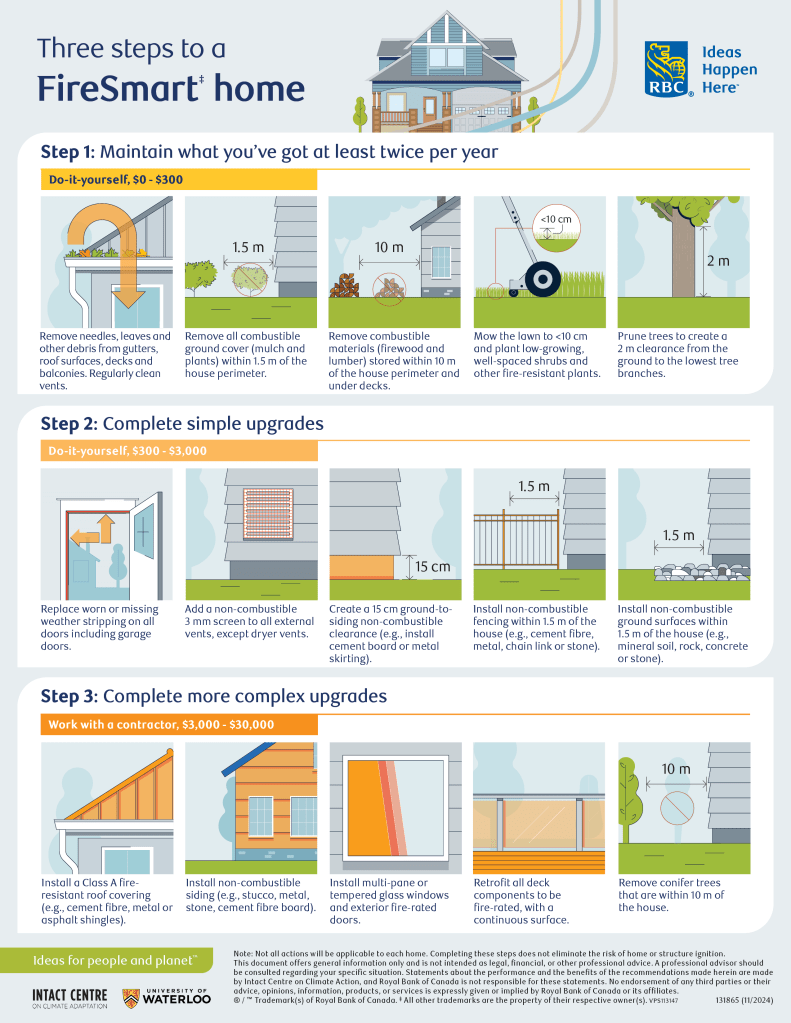
While the cost of home improvements can feel like a lot, homeowners may find that they are well worth it in the long run. For every dollar invested in climate adaptation and preparedness, you can avoid $3 to $8 in potential losses over the next decade.
Save these infographics to learn more about how you can help protect your home from extreme weather events and share across your community or municipality.



